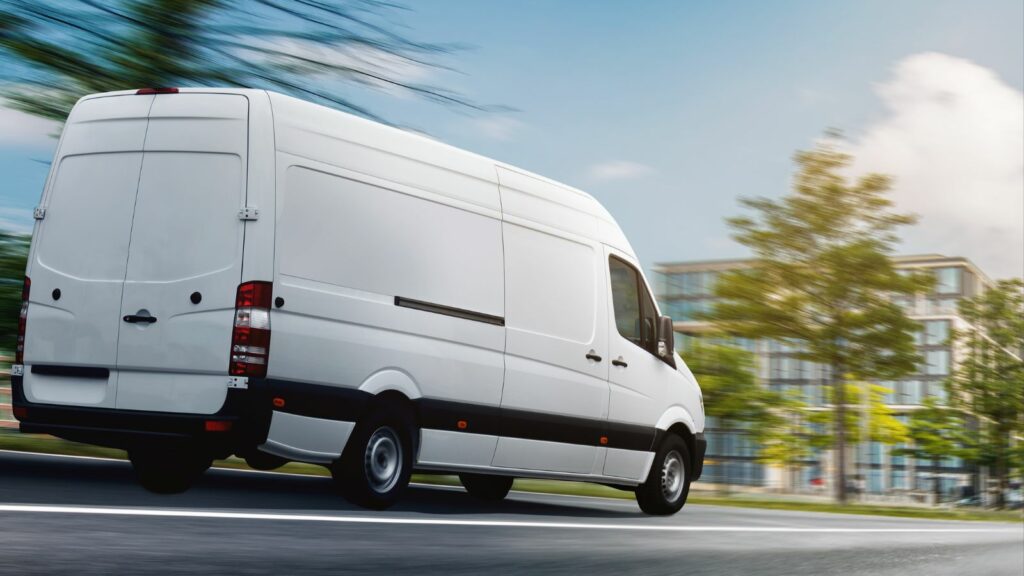From carpools to construction sites, vans have been the unsung heroes of family road trips, rock band tours, and delivery rounds. They’re not flashy but always functional. While SUVs may steal the spotlight these days, vans have quietly carried generations—sometimes literally and sometimes figuratively. Let’s dive into 24 iconic vans that have defined decades.
Volkswagen Type 2 (Microbus)
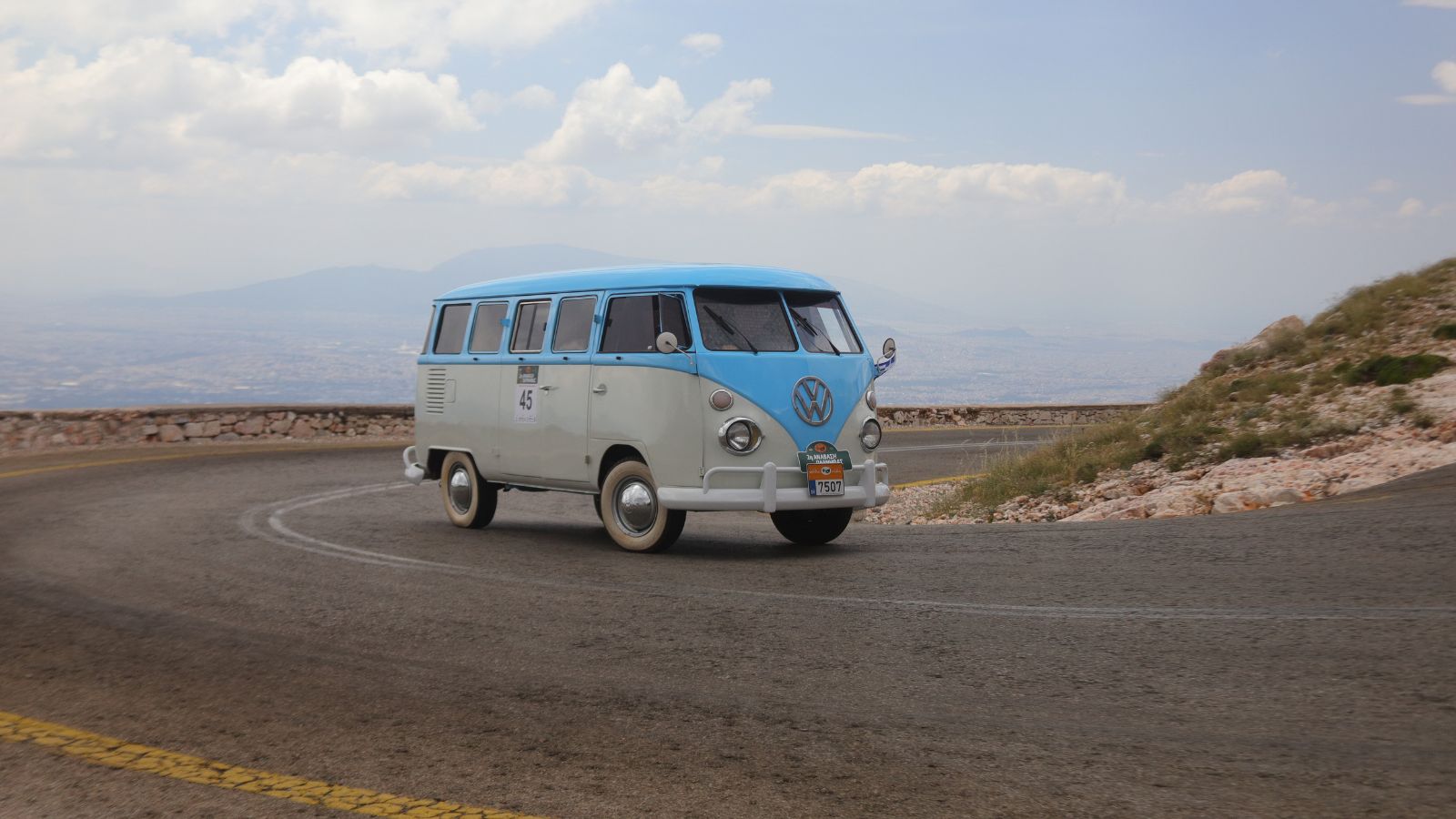
The Volkswagen Type 2, aka the Microbus, was a lifestyle. Born in 1950, this hippie chariot symbolized freedom, adventure, and the smell of patchouli. Its air-cooled, rear-mounted engine and simple, durable construction made it versatile and easy to maintain. It carried surfboards, guitars, and a million dreams of escaping the 9-to-5 grind. Bonus points for its adorable design, which makes it look like it’s smiling at you.
Ford Transit
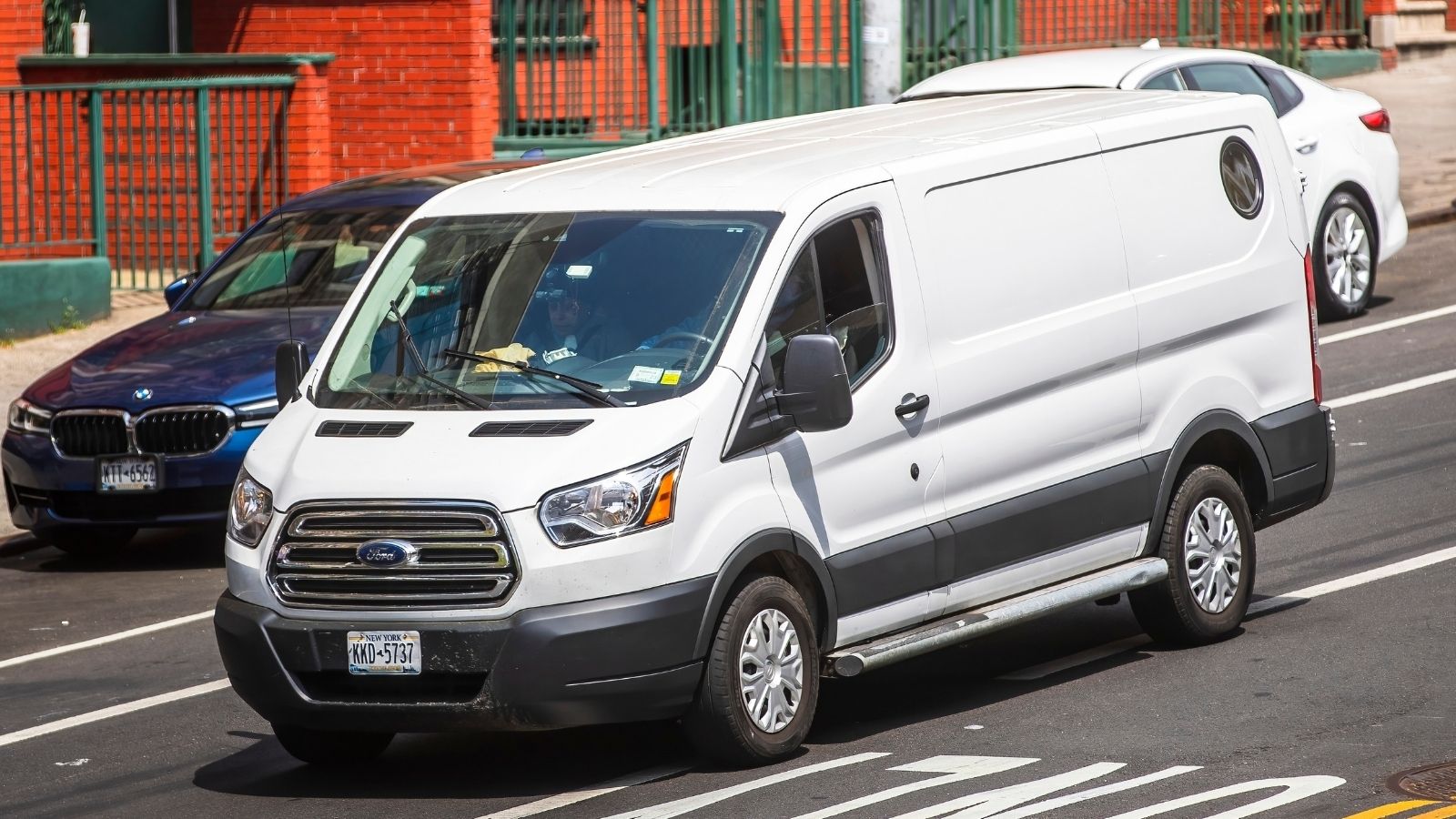
Debuting in 1965, the Ford Transit quickly became the go-to vehicle for tradespeople, bands, and anyone who needed to haul people and stuff. The Transit has evolved through multiple generations, incorporating advancements like diesel engines, electric models, and driver-assistance technology. The modern lineup also includes the e-Transit, an all-electric version emphasizing sustainability. And, whether you are moving house or forming a punk band in your garage, the Transit has your back. Literally.
Dodge Caravan/Plymouth Voyager
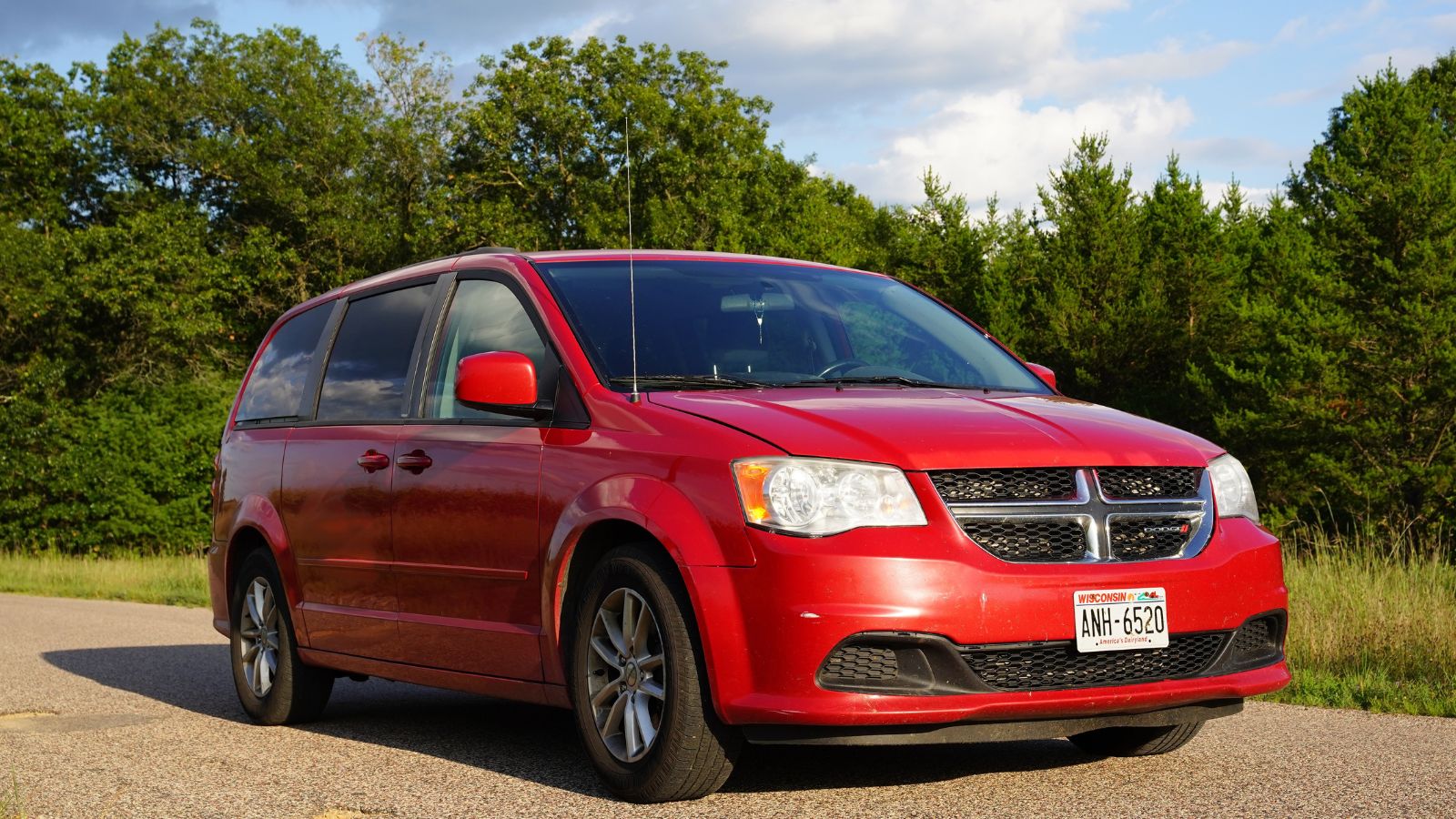
The Dodge Caravan of 1984 was the world’s first “mini” van—an ironic title today, given its size. Designed on Chrysler’s K-platform, they provided the maneuverability of a car with the space of a van, making them a hit with families. Early models featured front-wheel drive and an innovative “Magic Seat” that folded flat for cargo versatility—a game-changer for suburban families. It also came with wood-paneled sides.
Toyota Hiace

The Toyota Hiace was the international worker bee of vans. Now in its sixth generation, launched in 2019, the Hiace boasts modern features like improved safety systems (Toyota Safety Sense), increased cabin comfort, and powerful yet efficient engine options, including diesel and hybrid variants. Also, its rear-wheel-drive platform is ideal for heavy loads, making it a staple for shuttle services and delivery fleets worldwide.
Chevrolet Astro
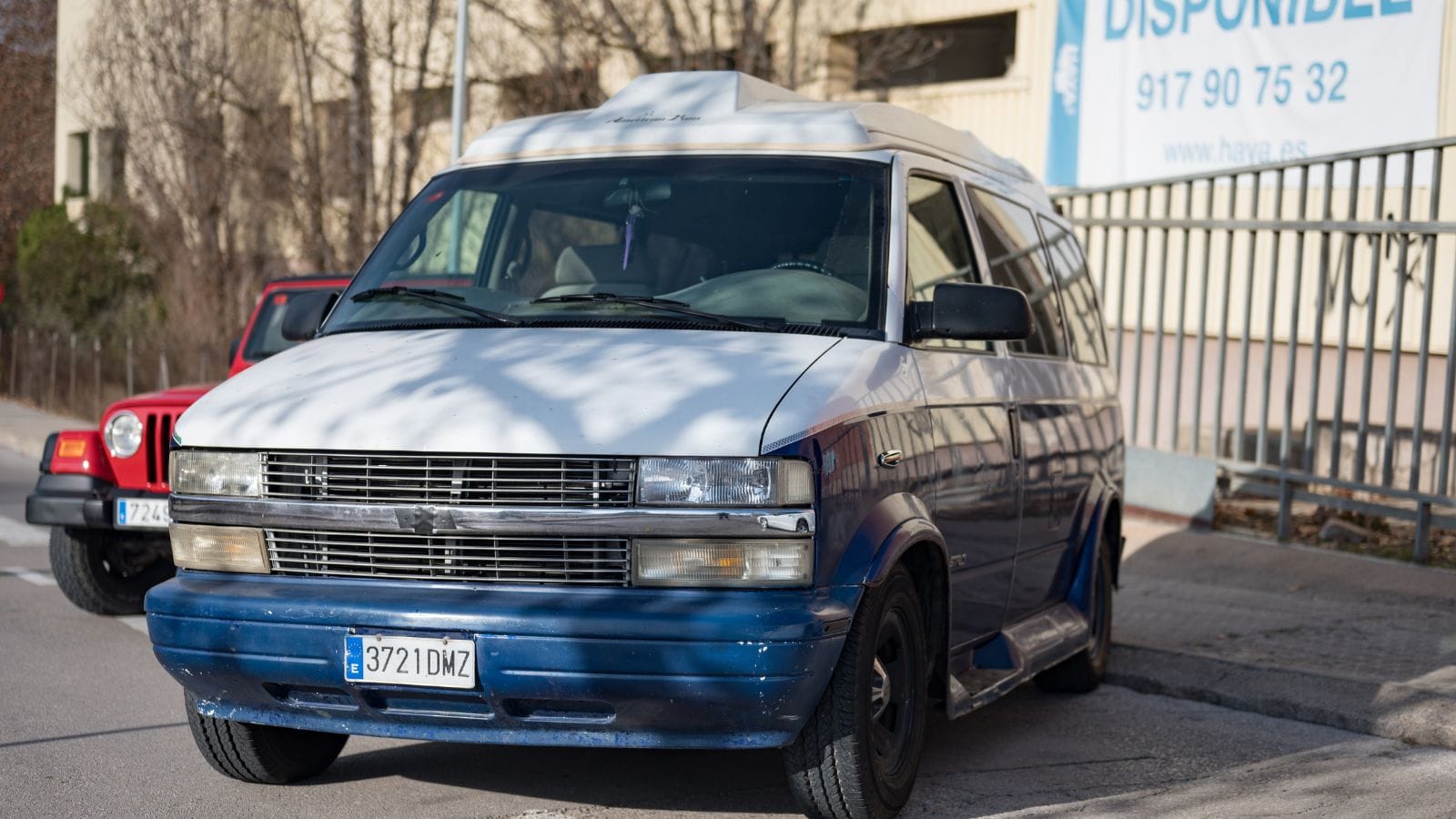
A box on wheels with the charm of a refrigerator, the 1985 Chevy Astro became the vehicle of choice for businesses, band tours, and conspiracy theorists. Its distinctive boxy shape was all about practicality—prioritizing interior space and utility over aerodynamics or aesthetics. The Astro’s upright, squared-off front allowed for a short hood, maximizing the cabin and cargo space within its 111-inch wheelbase. Plus, its all-wheel-drive option made it a rarity in the van world.
Mercedes-Benz Sprinter
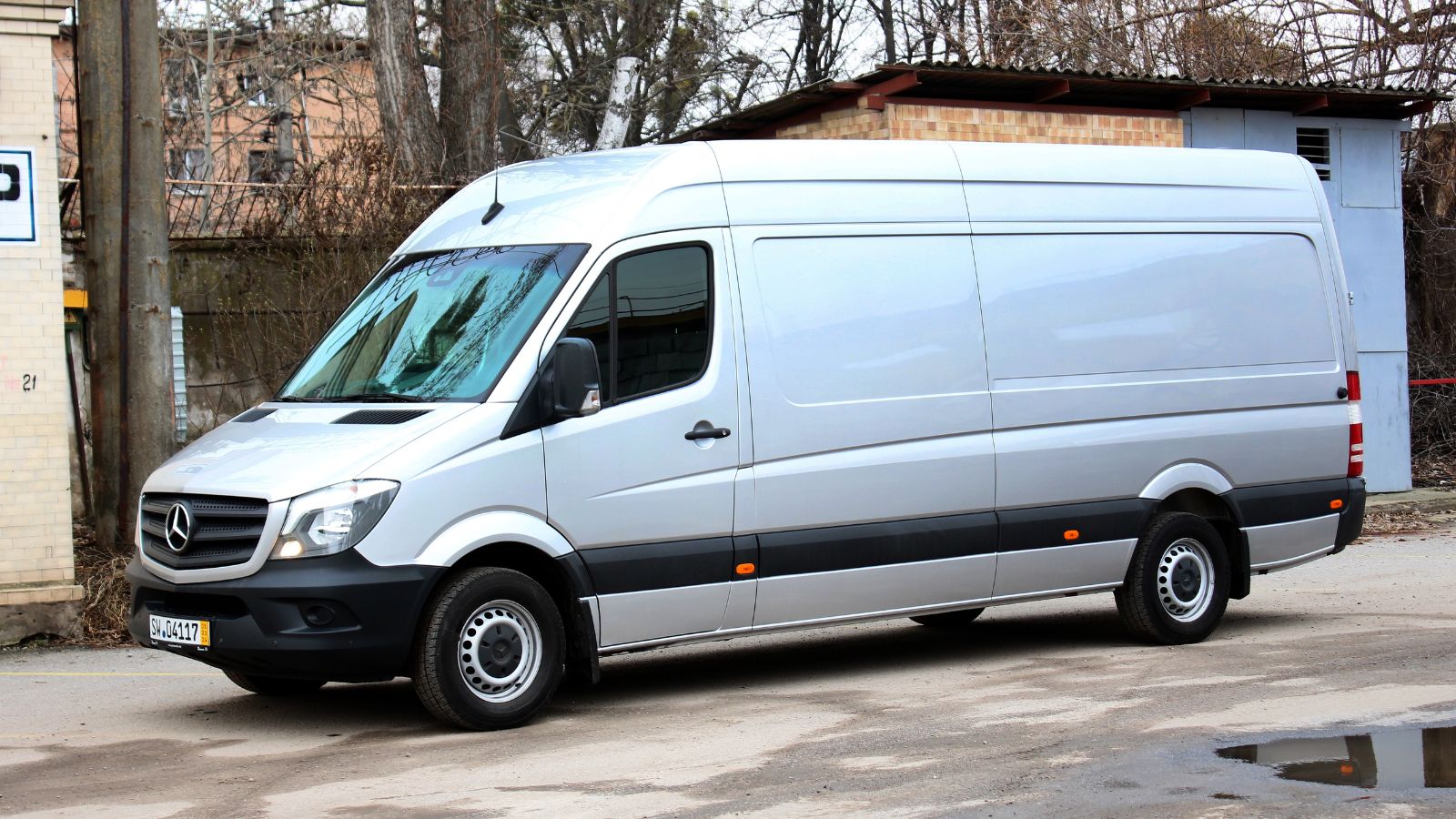
Introduced in 1995, the Sprinter became the limousine of cargo vans. Need a delivery vehicle? Check. A mobile home? Check. A swanky party bus? Also, check. Built on a modular platform, the Sprinter has various configurations: cargo, passenger, and chassis cab. Its sliding side door and wide rear doors also ensure easy access, which is ideal for deliveries or conversions into camper vans.
Nissan Caravan (Urvan)
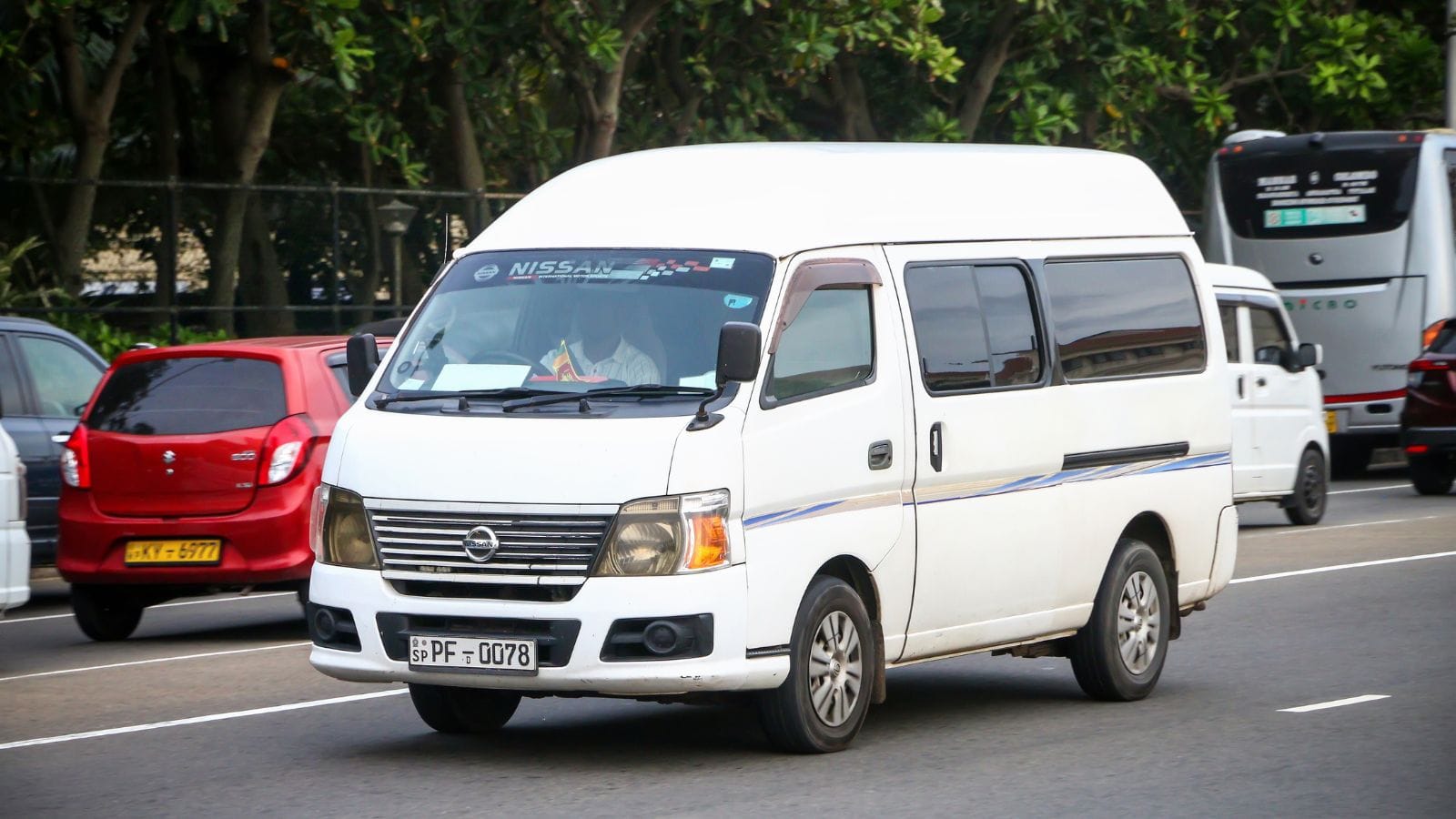
The Nissan Caravan has been carrying people and goods since 1973. The Caravan emphasizes flexibility, with adjustable seating and ample storage options. It offers robust diesel and gasoline engines, catering to diverse global markets. Dependable and customizable, its design continues to serve families, businesses, and fleet operators worldwide.
Chrysler Pacifica (Hybrid)

The Chrysler Pacifica reinvented the minivan for the modern era in 2016. The plug-in hybrid system provides an impressive 32 miles of all-electric range and over 500 miles of total range on a full charge and a full tank of gas. Also, with an EPA-estimated 82 MPEGs (miles per gallon equivalent), it significantly reduces fuel costs and emissions. Throw in its entertainment screens and plush interiors, and you’ve got a minivan that feels like a five-star hotel lobby.
Volkswagen Transporter (T-Series)
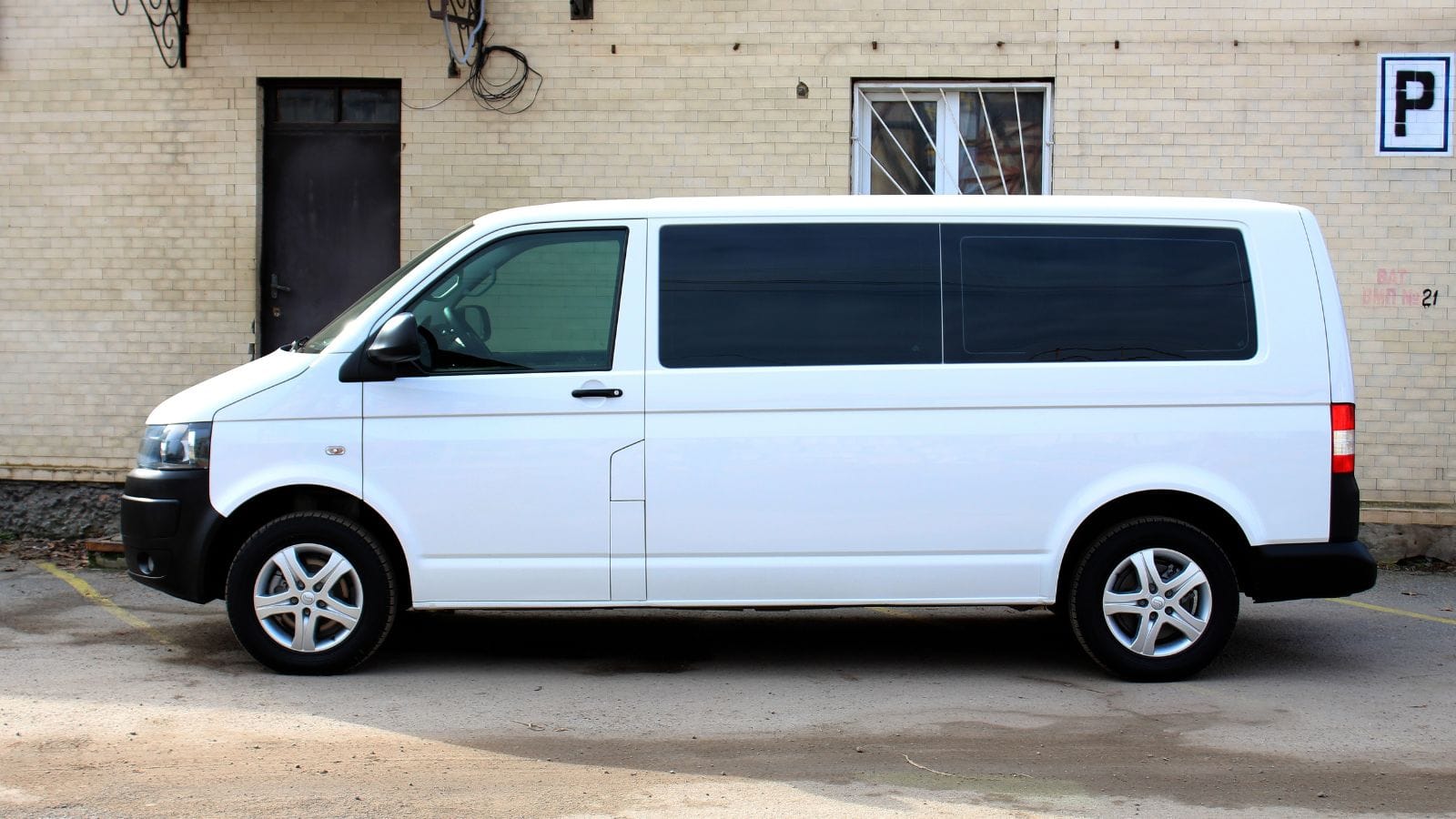
The Transporter is the sensible sibling of the Microbus. The T-Series is powered by efficient engines, including modern diesel and electric options (in the ID.Buzz). Also known for its spacious interior and robust build quality, it remains a popular choice globally. Plus, fun fact: over 13 million units have been sold, cementing its place as one of the best-selling vans of all time. A true legend on wheels!
Honda Odyssey

The Honda Odyssey has been the reigning champion of minivans since 1995. Its flexible interior, with options like Magic Slide seats and ample cargo space, makes it a favorite for parents and road trippers alike. It’s also powered by a V6 engine, offering a smooth ride and decent fuel efficiency for its size. Plus, it doesn’t look half bad—by minivan standards.
Citroën H Van
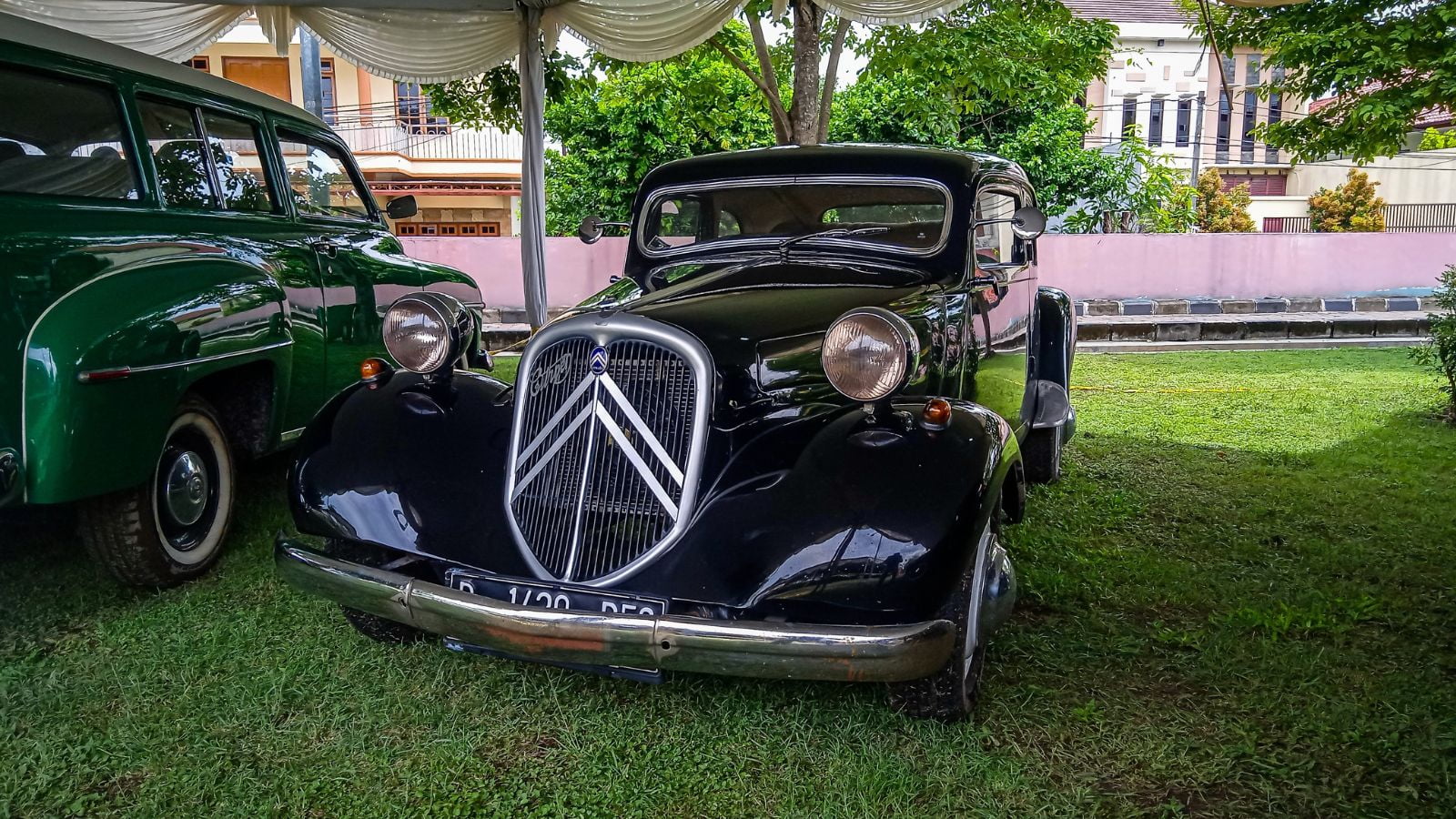
Looking like a corrugated tin shed on wheels, the Citroën H Van of 1947 became a European icon. Its spacious interior and a 1.9L engine made it a versatile workhorse in post-war France. Over 473,000 units were produced until production ended in 1981, making it one of Citroën’s most successful models. Today, these vans are retro food trucks in hipster neighborhoods everywhere.
GMC Safari
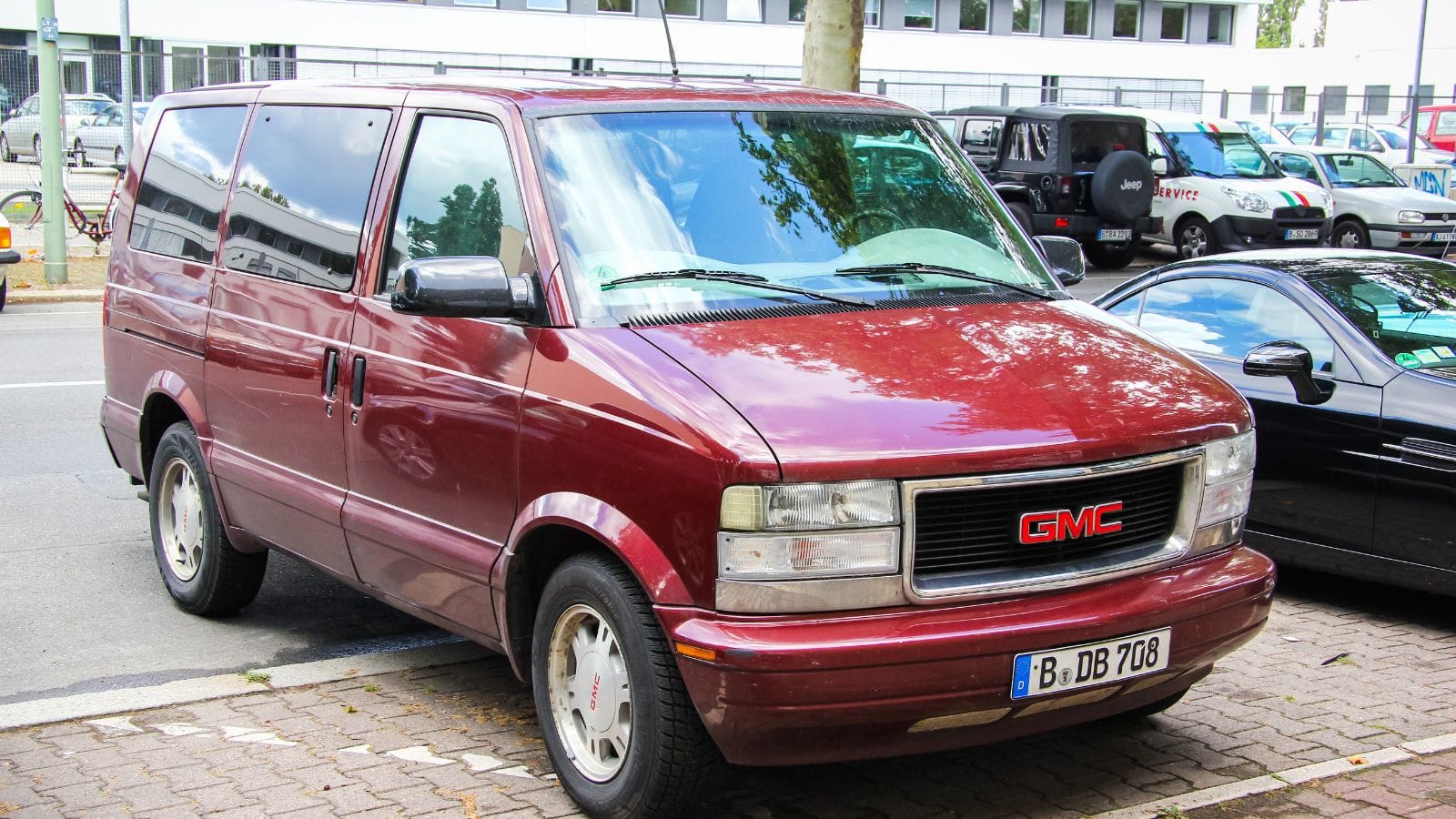
Think of the GMC Safari as the Astro’s slightly more stylish cousin. With rear-wheel drive, the Safari stands out for its all-terrain capabilities, offering an optional 4WD system in later models. It also features a boxy design, a spacious interior, and seating for up to eight passengers, making it popular for road trips and family vacations.
Ford Econoline (E-Series)
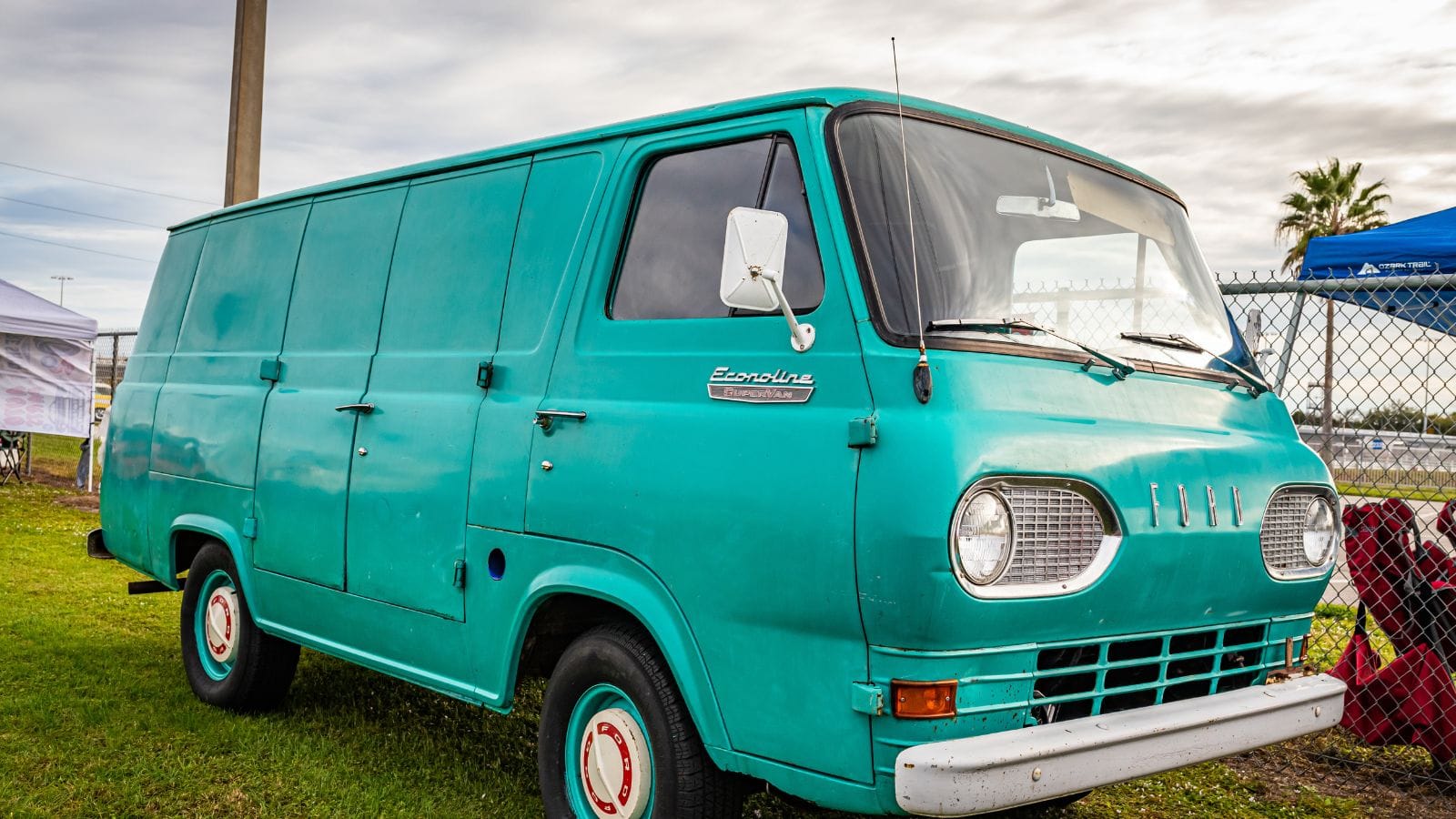
The Econoline, introduced in 1961, wasn’t just a van but a mobile fortress. Its key features included robust durability, simple mechanics, and the ability to carry heavy payloads, making it a favorite for customization—especially in camper van conversions. The E-Series was also used by major U.S. companies, including the postal service, and became a common sight in urban and rural America. And, fun fact: it’s the van of choice for countless camper conversions today.
Renault Estafette
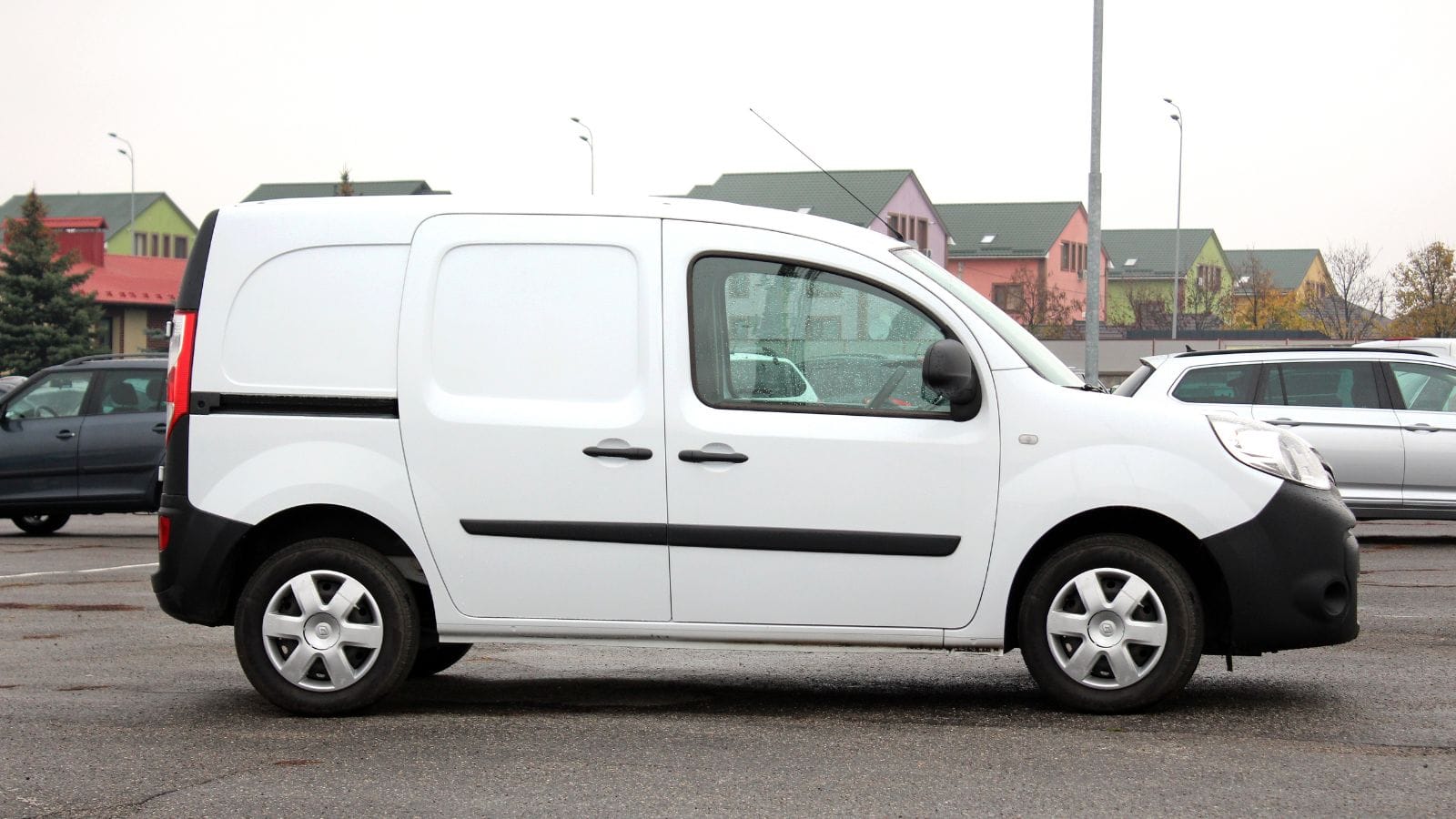
The Renault Estafette (1959) was the quintessential French van. Over its two-decade run, it was available in various configurations, including panel vans, minibus versions, and even a chassis cab for specialized uses. Its lightweight design and innovative suspension made it easy to maneuver, especially in tight urban areas.
Chevrolet Express/GMC Savana

The Chevrolet Express and its twin sibling, the GMC Savana, are like the lovable, rugged uncles of the van world — reliable, tough, but maybe just a tad old-fashioned. Introduced in 1996 (when Spice Girls were still a thing), these full-sized vans have remained virtually unchanged for nearly three decades. They come with three engine options: a 4.3L V6, a 6.6L V8 (because why not?), and a diesel 2.8L Duramax. And they can haul up to 9,600 pounds.
Volkswagen LT
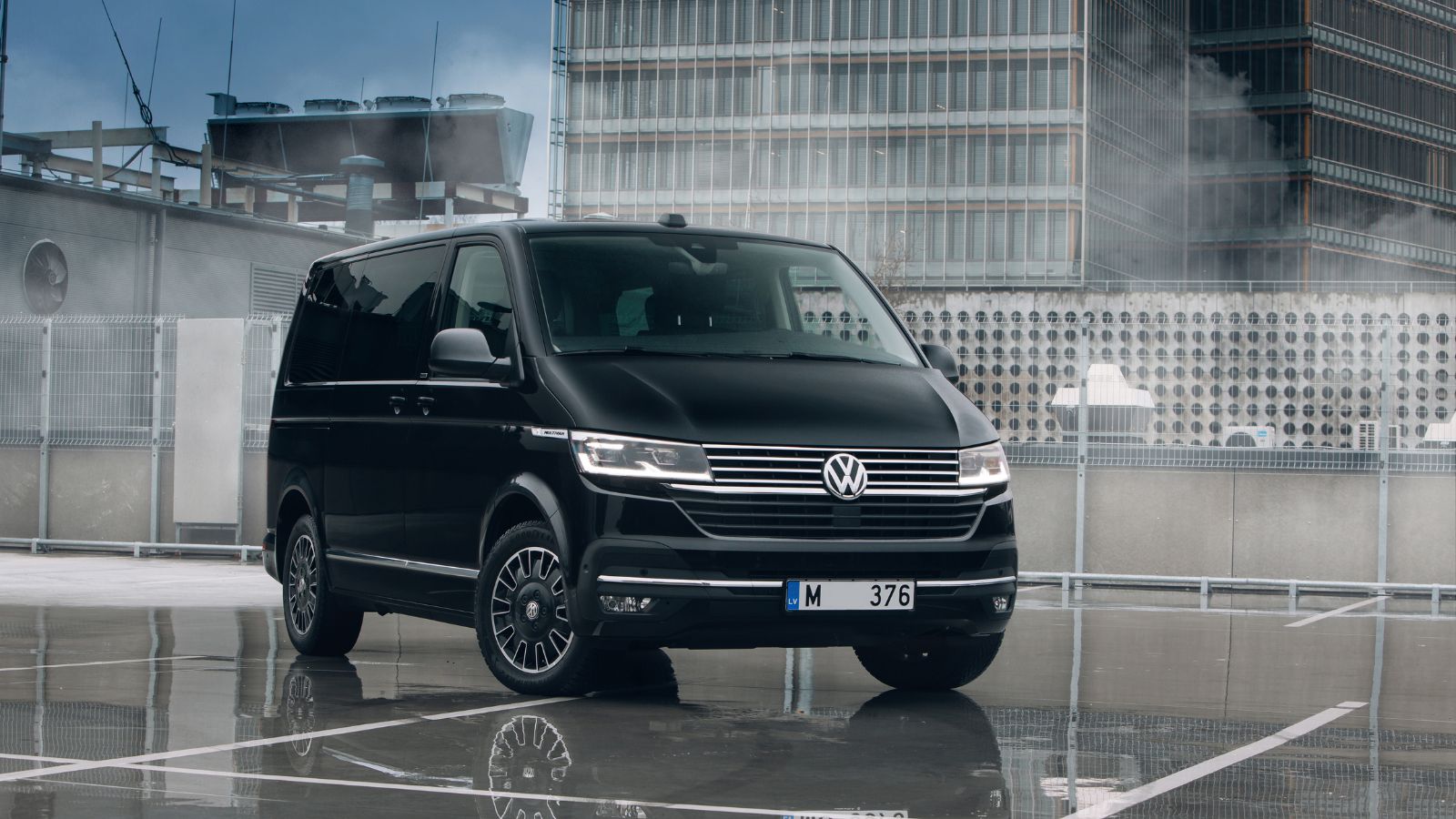
The LT, or “Lasten-Transporter,” was Volkswagen’s big van offering from 1975. Under the hood (or… somewhere under there), early models had a bulletproof 2.0-liter inline-4 engine shared with Audi. The LT also had payload options that went from 2.8 to 4.6 tons, basically transforming it into a gentle beast of burden. But, in 1996, the LT II rolled out with a sleeker, more aerodynamic design (fancy!) before passing the torch to the VW Crafter in 2006.
Mazda Bongo
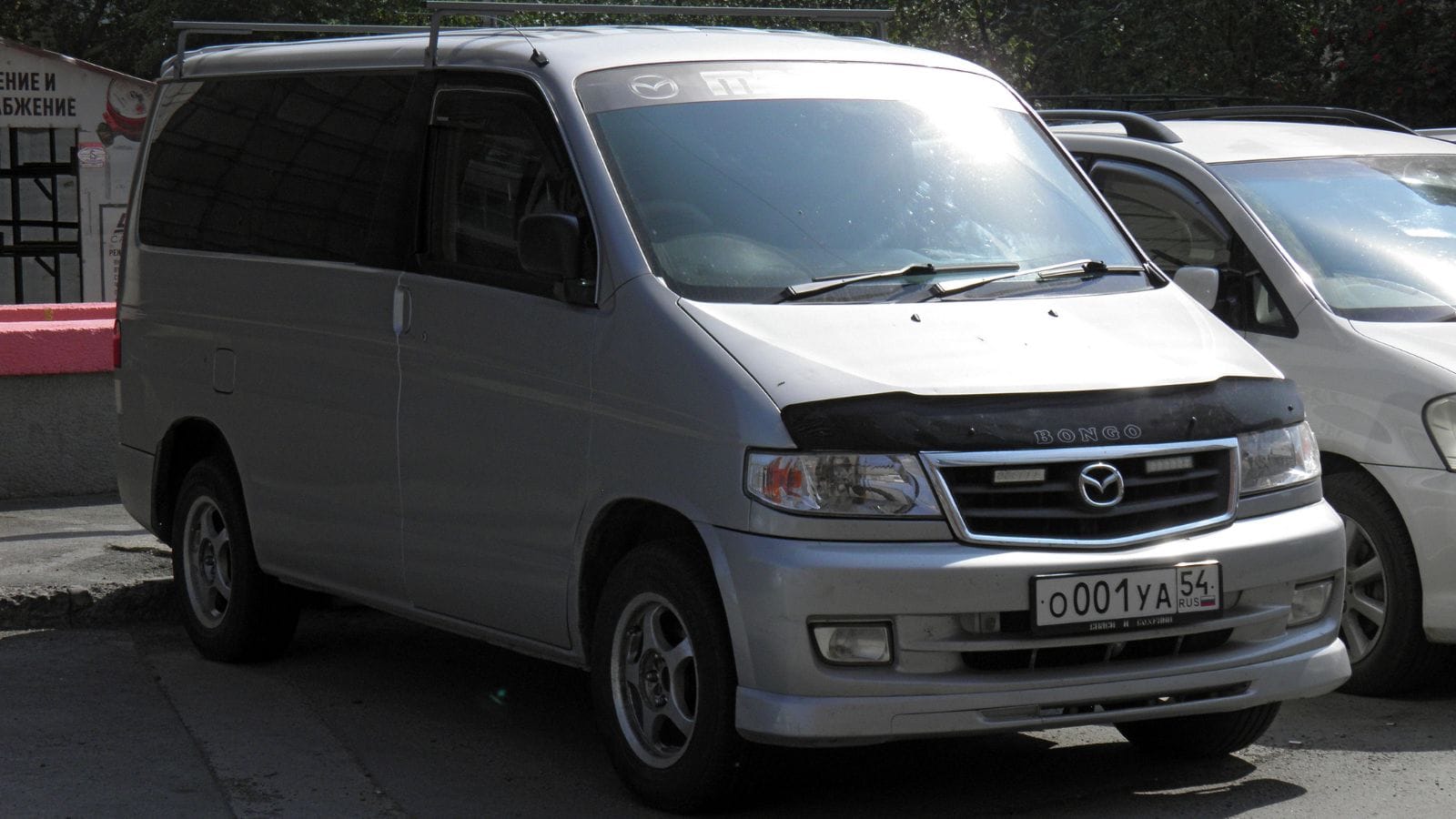
The Mazda Bongo has a name that’s more fun than its design. Designed as a cab-over microvan, its engine was initially under your backside (no kidding). Early models had a 782cc engine—basically a lawnmower with dreams. Despite the occasional rust issue and questionable fuel economy, it remains a cult classic among van lifers.
Peugeot J7/J9
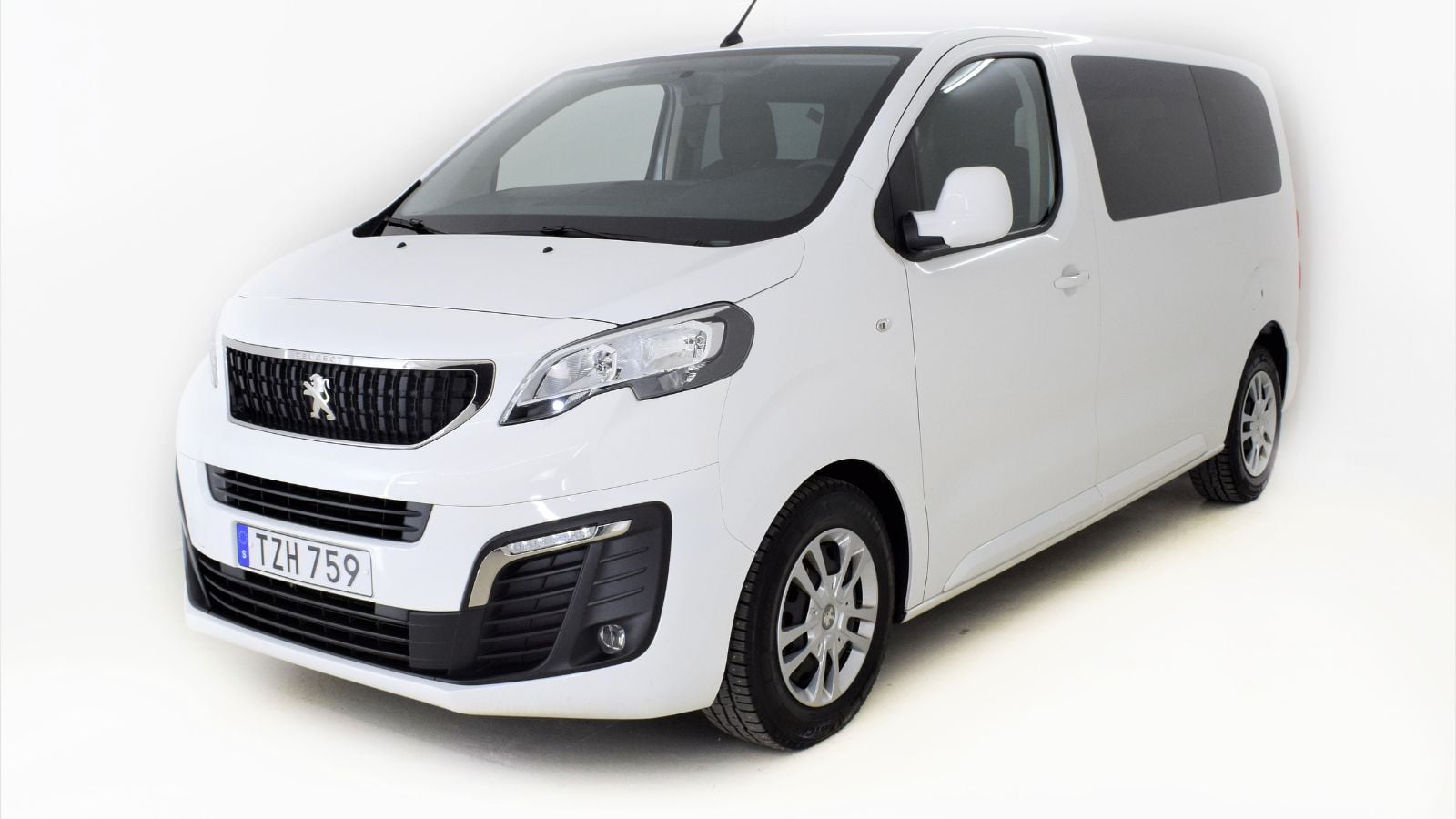
Debuting in 1965, the J7 was Peugeot’s boxy van that looked like it had been designed with nothing but rulers. It was the backbone of French deliveries, school trips, and questionable camping adventures for nearly two decades. And, powered by a whopping 45-horsepower engine, it soldiered on until 1980, when its slightly smoother cousin, the J9, took over.
Hyundai Starex (H-1)

Image Credit: Shutterstock.
The Hyundai Starex is Asia’s answer to the minivan. Inside, it’s like a cozy minibus with seating for up to 12 people, and yes, it can fit your entire extended family or all the IKEA furniture you didn’t realize you bought. The newer models also have striking features like touchscreen infotainment and rear air conditioning. Comfortable, spacious, and a favorite for group tours, it’s the van equivalent of that friend who always offers to carpool.
Fiat Ducato

The Fiat Ducato: The van refuses to act its age. Beneath the surface, it has engines ranging from efficient diesel to eco-friendly electric E-Ducato and a Prius with a cargo complex. And let’s talk payload—this baby can haul up to 4,400 pounds, making it perfect for carrying everything from bricks to dreams. Also, with over 7 million sold worldwide, it’s more popular than spaghetti on Sundays.
Ford Aerostar
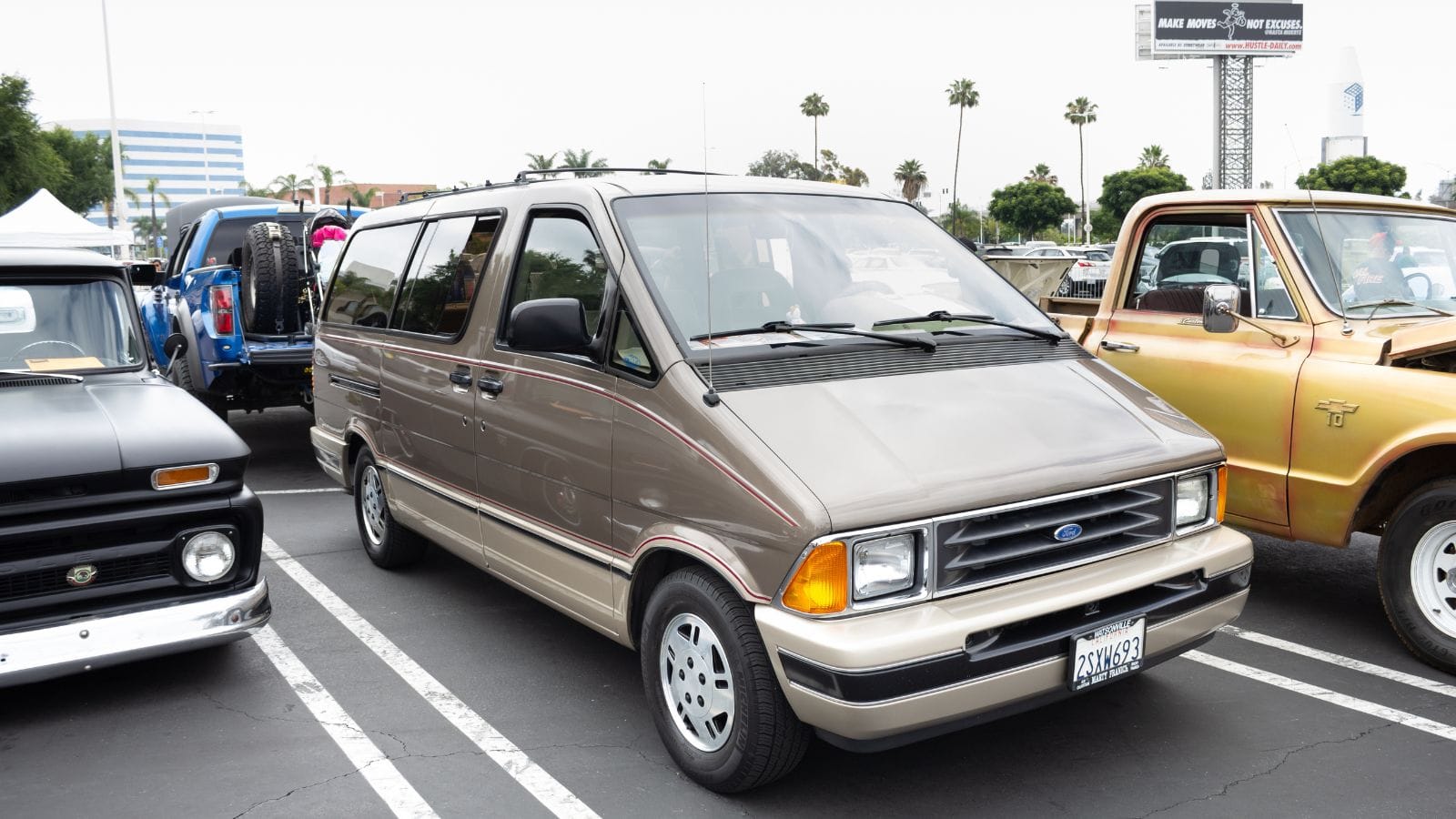
The Aerostar (1986) was Ford’s attempt at a futuristic van. It was designed to compete with the Dodge Caravan, so it boasted an angular, boxy shape that seemed more at home on Star Trek than in your driveway. Aerodynamic? Not really, despite Ford’s best attempts— “Aero” was in the name, but let’s say it didn’t precisely cut through air like a hot knife through butter.
Toyota Sienna
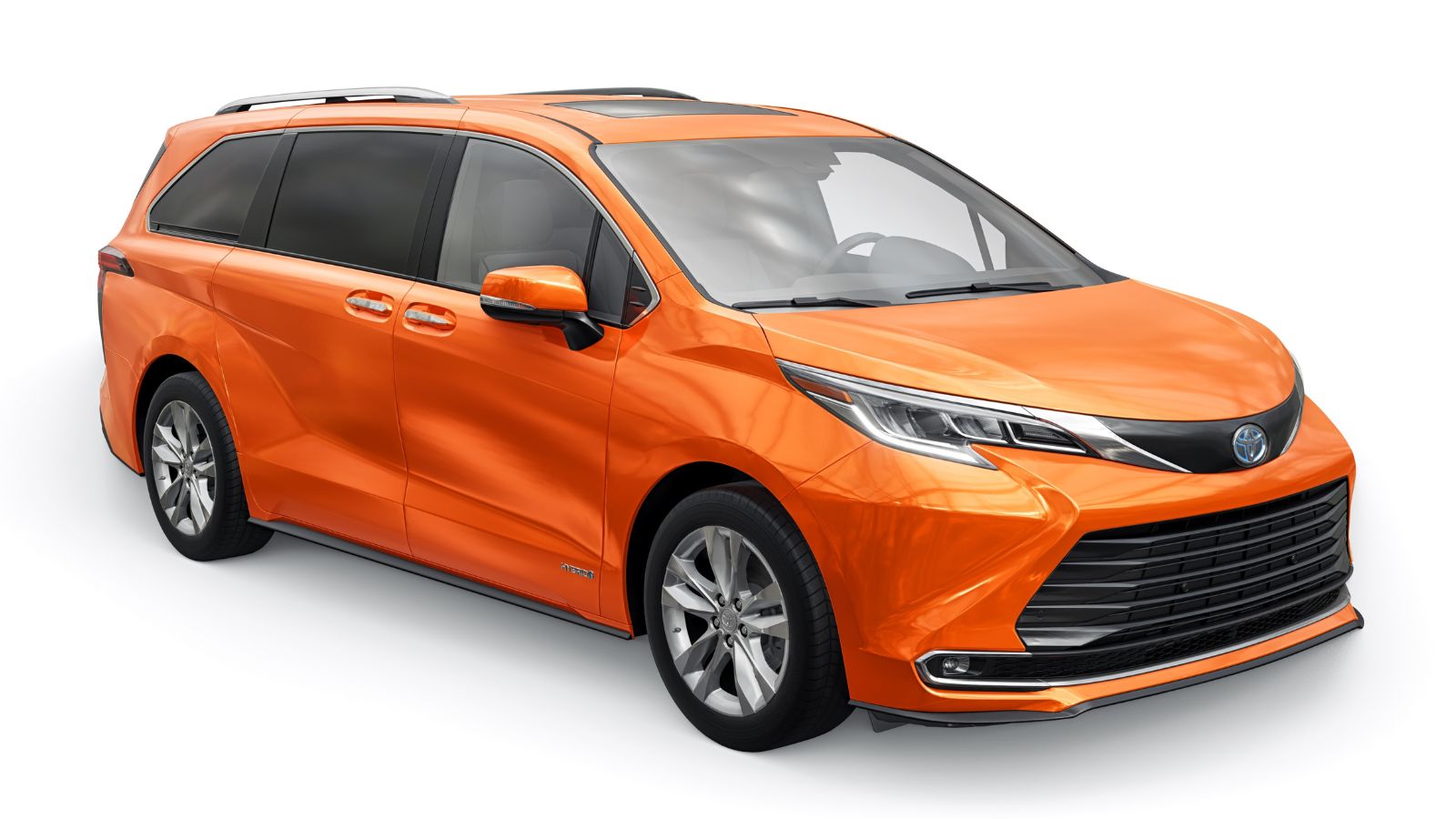
The Toyota Sienna is the minivan that refuses to give up. Inside, it’s a marvel of space efficiency, like Mary Poppins’ bag—there’s always room for more stuff. The 2024 version has standard hybrid power, sipping fuel like a dainty tea drinker at around 36 mpg combined. It also boasts an all-wheel drive.
Bedford CA
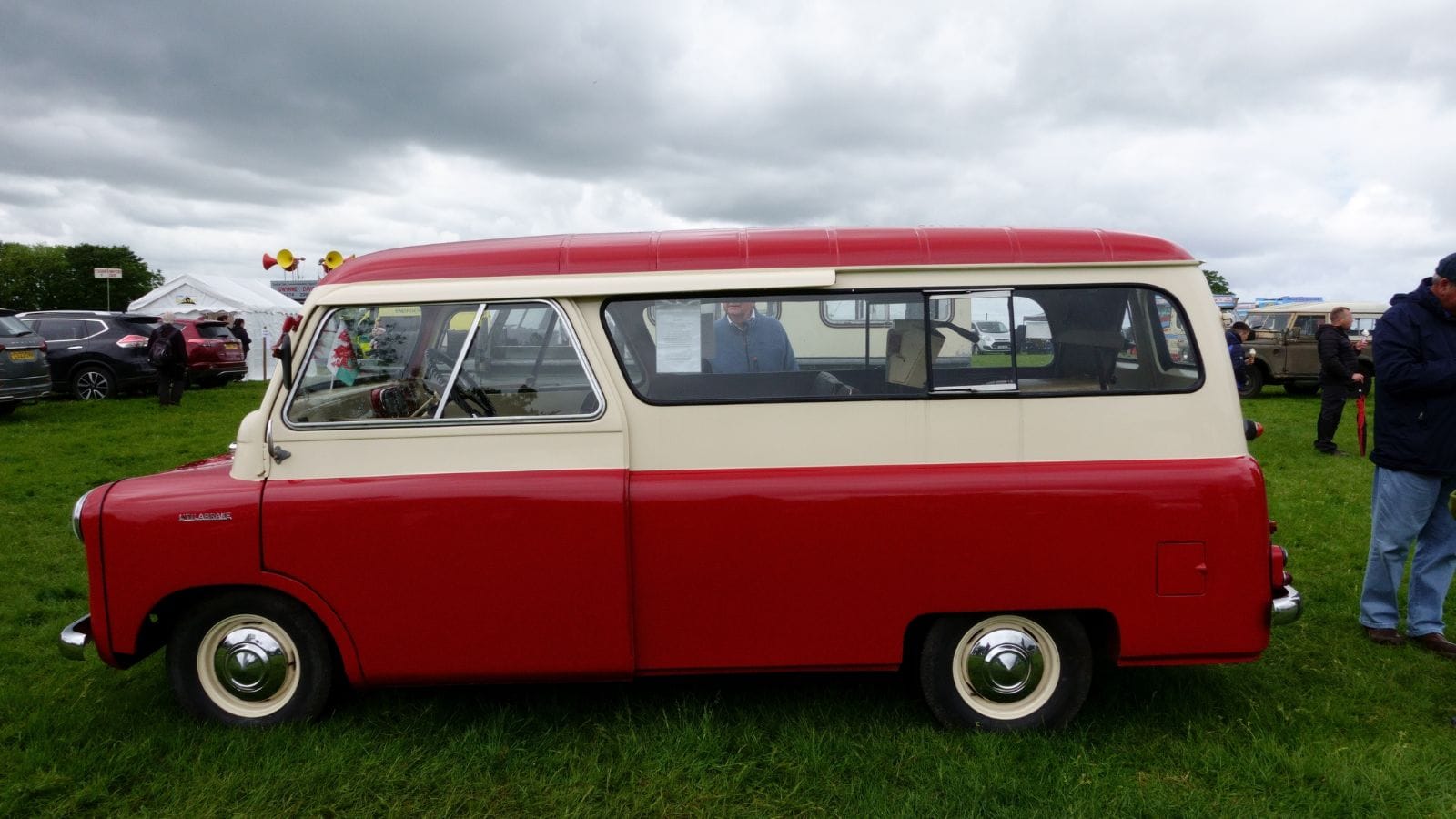
A classic British van from the 1950s, the Bedford CA looked like it had been sketched by someone who just learned what vans are. Its split windscreen and sliding doors gave it a quirky charm, while its versatility meant you’d see it everywhere, from plumbers to ice cream vendors. A true multi-tasker, it came in numerous configurations: panel van, pick-up, and minibus. And, despite its quaint power, the CA could carry a surprising load, and its popularity across Europe cemented its place in Britain’s vehicular folklore.
Tata Winger
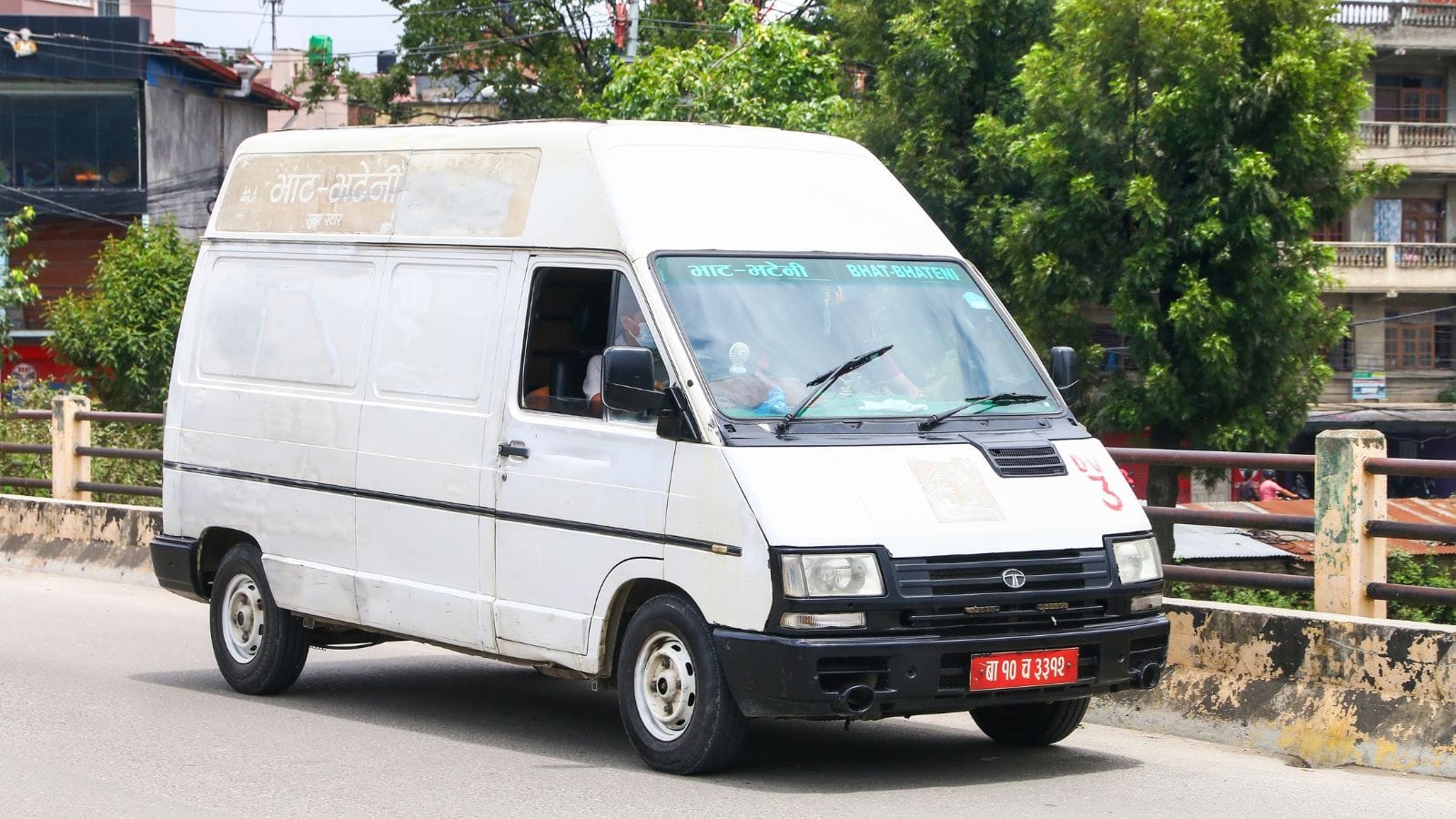
The Tata Winger is India’s jack-of-all-trades van, popular for school buses, ambulances, and shared taxis. Launched in India in 2007, this multi-utility vehicle (MUV) is a versatile workhorse. Need a school bus? The Winger’s got you. Running an airport shuttle? The Winger is literally at your service. With a robust engine that ranges from 2.0L to 2.2L diesel (and now even CNG!), It’s not here to win races, but it will happily cruise through crowded city streets without breaking a sweat.
12 Cars That Are Known for Their Unbreakable Reliability — They Just Don’t Quit
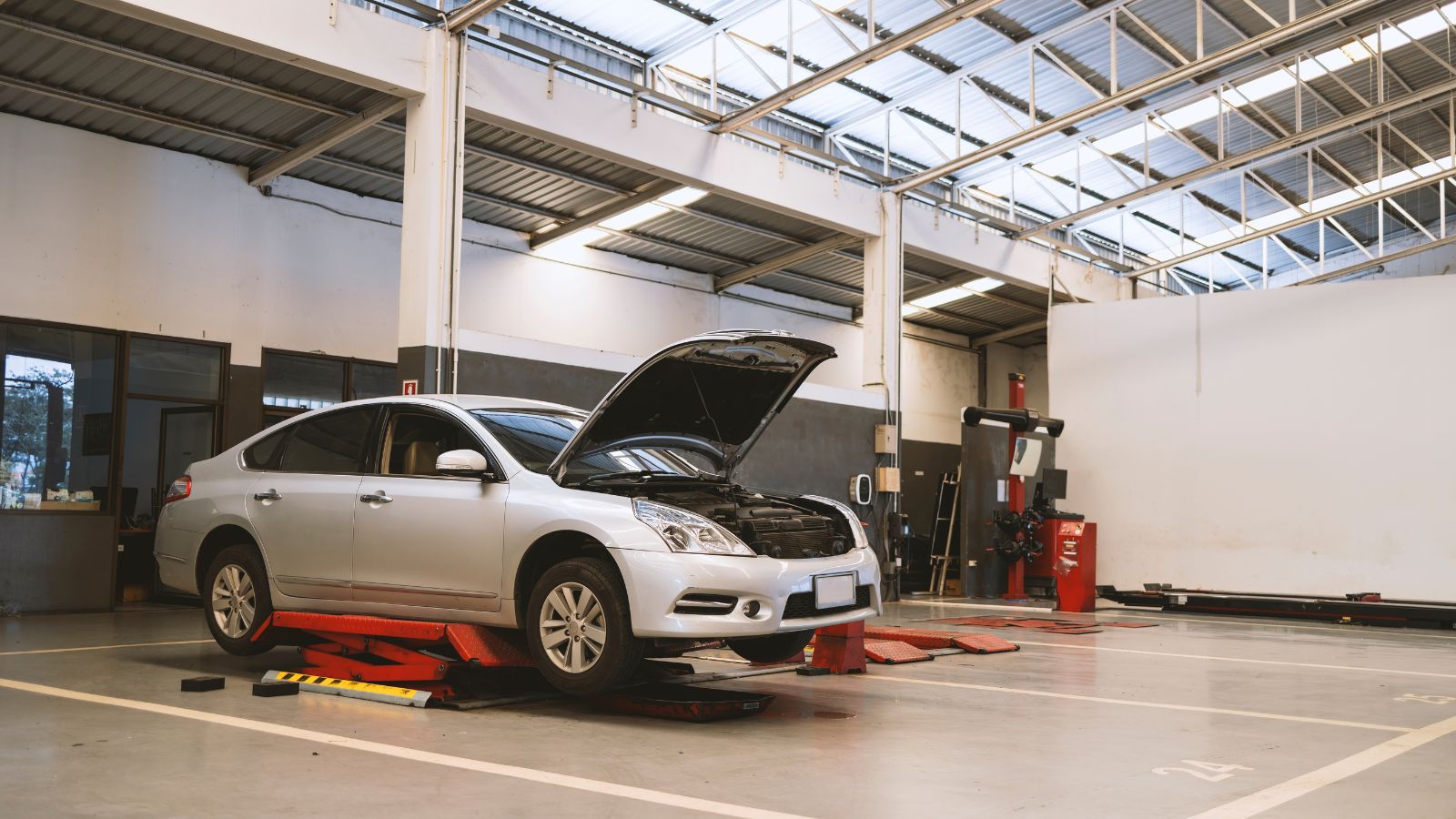
Reliability is a core feature that defines a vehicle. Over the last few decades, some vehicles have emerged as a reliable and durable option, standing out as workhorses that never quit. These vehicles not only prove themselves in terms of performance but transcend their role and become reliable partners, always fulfilling their role. Here are 12 Cars known for their unbreakable reliability.
12 Cars That Are Known for Their Unbreakable Reliability — They Just Don’t Quit
